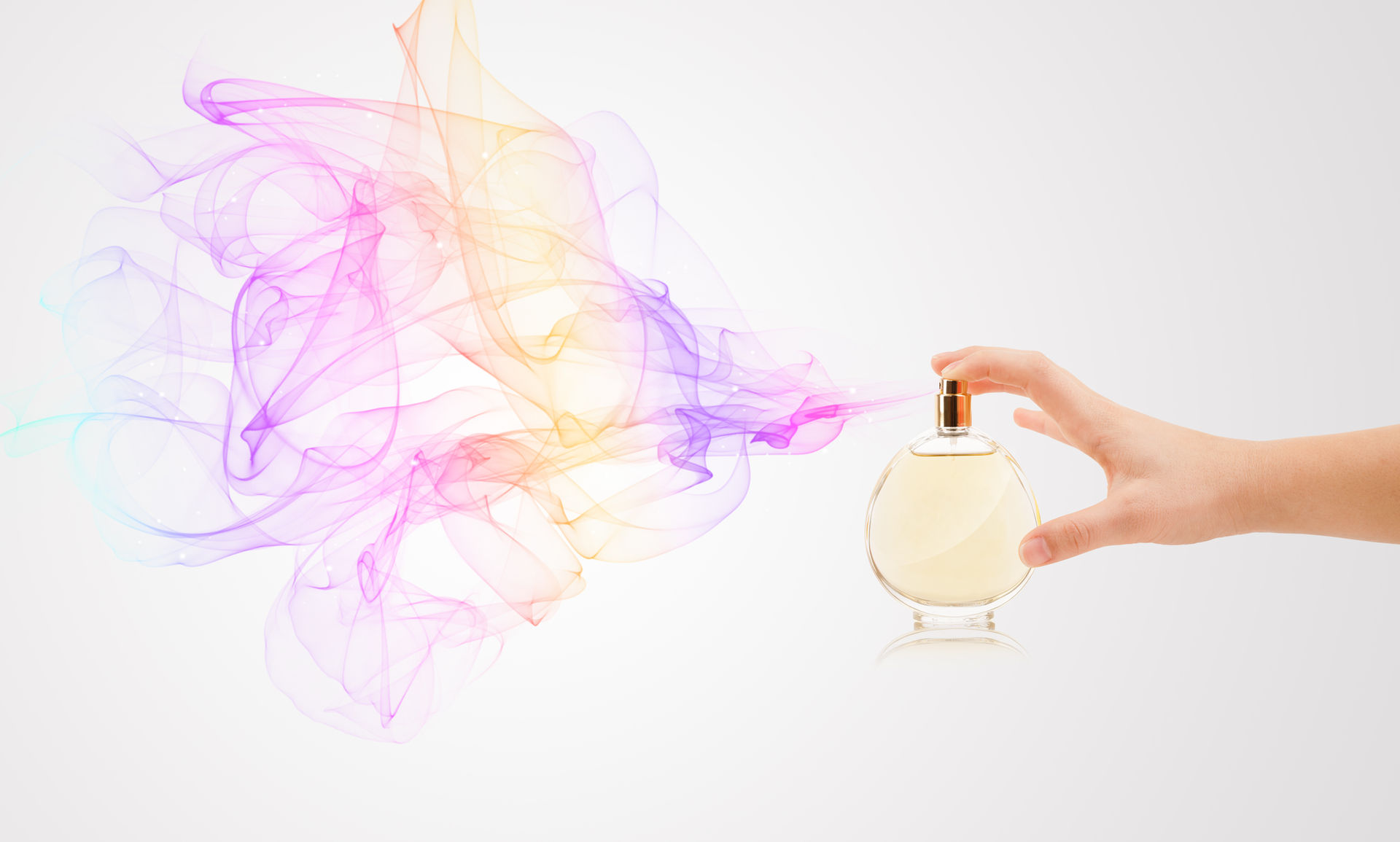Any Mood
Anywhere

Circular Perfumery
eScent – a Future Vision of
Circular Perfumery for FashionTech
As humans living in the modern world, we have grown to underuse our sense of smell because it has been replaced by the more dominant audio and visual senses.
In pre-historic time, our ancestors relied greatly on what we underuse; cognition and imperceptible changes in smell, light, touch and sound that kept them alive.
Their sensory appreciation taught them where there was danger, what foods to eat, when females were ovulating, what diseases they had and when it was time to sow and reap.
Animals still rely on personally discriminating those precise changes. We humans have not lost these faculties but have grown to rely on data presented in other ways….
eScent is a Transformative Technology start-up introducing circular models for a public that is increasingly attentive to self-care, wellness and the environment.
We are developing a method for precisely metered fragrance delivery and release which could replace the relatively crude, unmetered perfume bottle of the 20th century.
By 're-inventing' our sensory faculties through advances in technology and AI machines (that listen, see, understand context and detect underlying health issues), we are breaking down barriers and creating new ways to regain our appreciation of the sense of smell. Using fashion as the vehicle, we are deploying innovative business models through wearable data-driven devices that personalize every interaction, delivering convenient, personalized scent experiences, better, faster and more affordable than the traditional perfume bottle, while creating less wastage through leveraging the circular economy.
What are the key limitations of the tradition perfume bottle?
The perfume consumer currently has no intelligent way of enjoying a fragrance that is purposeful, fully personalised and long-lasting throughout the day. The traditional method of manually spritzing a fragrance on to pulse points is ineffective and mostly lost in the environment. A standard perfume bottle is typically alcohol-based (70-97% ethanol) which can dry the skin and cause irritation in individuals with contact dermatitis. It can also have a strong chemical smell. In addition, the alcohol can disturb the delicate top notes of a fragrance when it is first applied on to the skin.
Spritzing from a perfume bottle fades after a few hours - very few fragrances last all day (odour from a standard dispenser is 80% less powerful after a few minutes). Once the scent has evaporated, the aroma has gone until you manually spritz again.
The spray can be both invasive on others and too “overpowering” for the wearer in terms of bombarding people with their own perfume. This kills the joy of perfumery if the consumer is worried about how everyone else is feeling about their own fragrance usage. There are also limited options for consumers to blend fragrances together to create their own personalised scent environment. Fragrance start-ups are addressing these issues with small scent vials that focus on trends in green, natural and the latest regulations on ingredients of concern (i.e. allergens, parabens and residual toxins). However, the Clean Beauty movement lacks “connectivity” attributes for the digitally native beauty consumer with limited experiential possibilities. Glass perfume bottles are also heavy, breakable and with the added risk of spilling alcohol on electronics goods. In addition, fragrance ingredients from retail perfume atomisers can stain delicate fabrics, especially darker coloured oils (e.g. Yves Saint Laurent: Opium).
eScent is proposing to address these issues with our eco-conscious approach and contextually aware "scent bubble" technology. eScent has designed a wearable platform for a subscription-based “connected” fragrance service that learns and adapts with the consumer. Protected by patents issued in the UK, USA and China, we have devised an AI-powered scent device small enough to be integrated into jewellery, accessory or garment (e.g. a button or other element worn near the nose).
SUMMARY – KEY BENEFITS
-
Wearable on-the-move customised fragrance solution for the tech-savvy digital customer
-
Fragrances pulsed intermittently, targeted towards the nose to amplify sensory experiences for FashionTech.
-
Provides unique sensory moments within a low-alcohol fragrance environment, concentrates on the immediate space around the wearer.
-
Offers a unique way to correlate fragrance and contextual data with a wearable biofeedback intervention to enhance wellbeing and raise human consciousness.
-
Establishes and maintains a localised sphere of detectable levels of fragrance dependent upon user context/environment, health status, music (genre/sentiment), location, calendar, weather, etc, employing machine learning for personalization (as detailed in our pending patent #WO2019/025763).
-
Scent as a service: provides a “fragrance wardrobe” which consumers “subscribe” to for different mood states or tailored to suit fashion outfit, occasion, season, etc.
-
Enables consumers to sense context and dispense scent accordingly, whilst extracting content experiences via mobile, IoT or another analysis-based trigger.
-
Addresses consumers concerns for fewer solvents so that it is kinder to human skin.
-
Offers a low carbon, economical and sustainable solution without the use of bottles.
-
Requires fewer materials and fewer ingredients, which is safer to the environment by reducing the negative impact some ingredients/VOC's have on the atmosphere.
-
Offers a lower scent dosage since less is needed for the right odour performance.
-
Avoids olfactory adaption or odour fatigue with pre-programmed pulsed ‘peak’ intervals.
-
Dispenses top notes at timed-release set intervals so the consumer can experience the mystery of a fragrance (unlike having to wait for solvents to evaporate by which time there's a risk of missing the top notes altogether).
-
Mixes signature fragrances together as a scent symphony, one on top of the other to create a bespoke effect for individuality.
-
Provides a unique innovation to enhance the olfactory and user experiences to truly differentiate against other luxury and fragrance/fashion brands.
At eScent, we believe future generations shall look back to the early years of the 21st century and wonder why people sprayed toxic alcoholic solutions of fragrance ingredients onto their skin.



